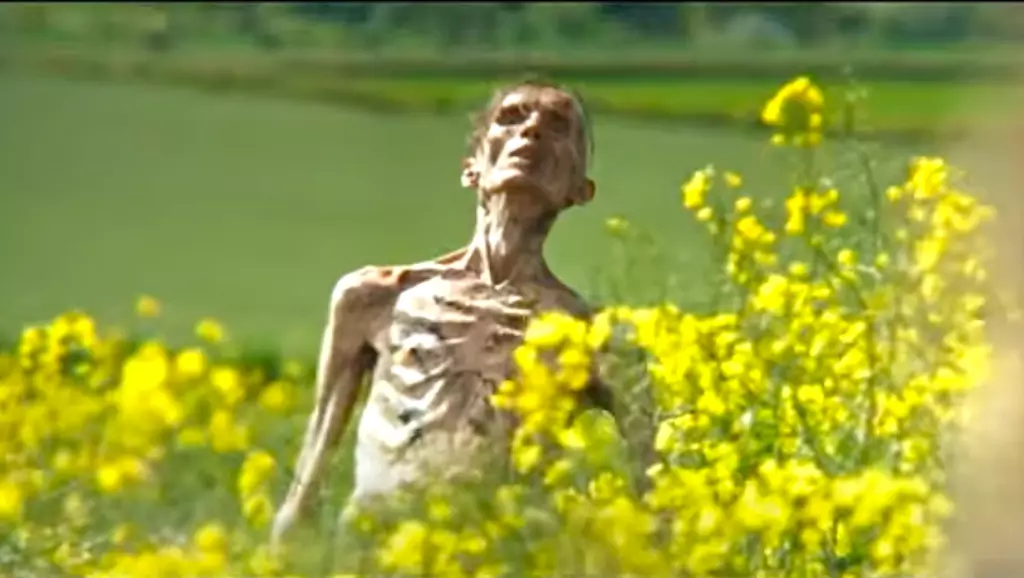Sony Pictures has officially marked its territory in the horror genre by announcing the release of the eagerly anticipated sequel, “28 Years Later: The Bone Temple,” scheduled to hit theaters on January 16, 2026. This film is the second installment in what is now a revitalized trilogy following the groundbreaking “28 Days Later” series. The swift decision to position this sequel in the coveted Martin Luther King Jr. holiday weekend suggests a confidence in the project’s potential to attract audiences—confidence not just in navigating a crowded release landscape but also in the enduring appeal of the zombie horror subgenre.
This release does not come without competition. Sony’s decision to place “28 Years Later: The Bone Temple” directly opposite New Line Cinema’s “Weapons,” which is directed by Zach Cregger, introduces an element of strategic maneuvering reminiscent of a high-stakes game of poker in the film industry. There have been rumors surrounding Warner Bros. possibly moving “Weapons” to an earlier slot after successful test screenings, but as it stands, both studios seem committed to their release dates. This tit-for-tat dynamic raises questions about how these choices may affect box office performance and audience turnout.
The anticipation for this sequel undoubtedly rides on the success of its predecessor “28 Years Later,” which is set for release earlier on June 20, 2025. This film not only continues the legacy established by Danny Boyle and Alex Garland but also reinterpret the source material with a modern twist. The loudly resonating reception to the trailer, which garnered an impressive 60.2 million views globally, speaks to the enduring appeal of the franchise, positioned as the second most-watched horror trailer of all time (second only to “It Chapter Two”). Such numbers highlight not only nostalgia but also a growing appetite for innovative horror narratives.
Cillian Murphy’s return, alongside an all-star cast including Jodie Comer, Aaron Taylor-Johnson, and Ralph Fiennes, further reinforces the quality and commitment behind the project. The involvement of recognizable figures from both previous films and new faces is a smart tactic for drawing in diverse audiences—both dedicated fans and newcomers. Furthermore, with Nia DaCosta at the helm for “28 Years Later: The Bone Temple,” the creative direction aims to blend classic horror elements with fresh storytelling techniques, bridging generational gaps in cinematic experience.
With an estimated budget of $75 million for each film, both installments must achieve significant box office success to be considered profitable. The financial stakes are high, particularly for a franchise that has previously grossed nearly $150 million across its original releases. Balancing production costs with marketing and audience engagement strategies will be essential to ensure the films not only meet but surpass commercial expectations.
As the horror genre continues to evolve, Sony’s commitment to expanding the “28 Days Later” franchise speaks volumes about the creative possibilities lurking in the shadows. “28 Years Later: The Bone Temple,” marked by its strategic release and talented ensemble, holds the promise of delivering a captivating and perhaps groundbreaking addition to the canon of modern horror films. As excitement builds among fans, the industry watches with bated breath to see how these zombies will rise once again.

